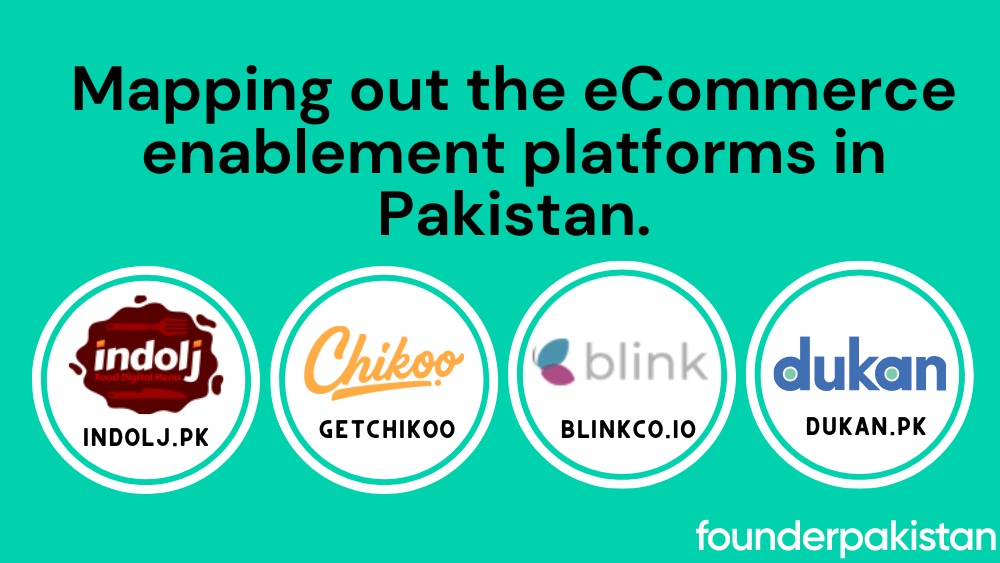Seven ways startups should reduce OPEX

As venture capital firms become more tightfisted, funding becomes scant, obligating young companies to reduce OPEX. This involves becoming tight with money and shining a spotlight on trying to break even. Pakistani startups made their global debut in the year 2021. Last year, over 50 startups raised over $325 million in venture capital from some of the world’s top venture capitalists and companies.
The new climate has quickly brought high-flying startups to a halt: cutbacks, skepticism of investors, a financing decimation, and the threat of a valuation cut. VC-backed companies are focused on growing customers by any means necessary. This includes utilizing several unsustainable business practices. Without VC funding, startups will have less money to burn and will need to evolve working cultures towards sustainable practices.
This is offset by financial variables in Pakistan’s economy, which span from currency devaluation to fiscal deficits to complete dependence on the IMF. The venture wager, however, is not so much on the expanding economy as it is on it progressing from traditional to digital. There are also geostrategic challenges detailed to Pakistan that must be considered.

Many startups’ meteoric rise has been aided by a period of decline in interest rates and a drop in the number of equity securities, which has pushed shareholders into venture capital. In 2020, quantitative easing and other global epidemic metrics formed a flood of cheap capital, which some shareholders docked to startup companies as pandemic constraints formed digital applications and services a hotter investment product. The 30% downsizing across Pakistan’s VC-backed startup ecosystem is due to 13.75% KIBOR, with an increase of 200 basis points equaling 15.75%.
“Any sane individual or company would take a 2-3% market risk factor,” said Ahsan Tahir, co-founder of Walee. “So you end up at 17.75% (Year 1) by Year 3 you are at 24.65%. So now, you want to get a 24.65% decrease in your burn rate, because that’s how much your financing’s purchasing power will decrease, so these companies simply slashed 30% of the workforce.”
While startups are making a splash and placing themselves on the plot all around the globe, the ecosphere is facing new challenges due to a refusal to reduce OPEX. Many high-powered investors have flown from the bases of startups. After years of putting growth ahead of profitability, venture capitalists are now demanding that companies spend less and enhance their profitability.
The burden, coupled with the volatility of where the next shareholder validation will arrive from, has incited startups that popped up to be surging just months back to fire workforce, snip marketing expenditure, revoke projects, and do everything they can to flex their finances.
“Startups have to cut costs, reduce staff costs, random ‘swag’ expenses, cut back on office space, and focus more on fee/revenue-generating activities,” said Ammar Habib Khan, chief risk officer, Karandaaz Pakistan. “To find an alternative source of funding, there needs to be a pivot, startups can’t grow with any means necessary, and fresh funding will be hard to come by.”
It seems evident that a lot of VC-backed startups are trying to crack route-to-revenue as their primary problem, and place an impact, sustainability and service at a lower priority in terms of objectives pursued. These lowered priorities are elevated primarily through marketing- and culture-speak, as add-ons rather than foundational elements.
It’s great that they’re trying to empower different classes of end-users, but a business model aimed at empowering, that does not do so without creating equality amongst its stakeholders, is simply seeking to exploit, and most won’t admit this. A good example of this is food and grocery delivery apps looking to empower the consumer by creating inequality amongst other stakeholders powering the experience, i.e., restaurants, dark stores offsetting mom-and-pop stores, and riders.
“The primary causes that dry up the capital and create a lot of hurdles for sustainable operations are excessive HR costs to retain skilled employees,” said Hamza Nizam Kazi, Head of legal and corporate affairs at Multinet Pakistan. “Other considerable heads include office premises rentals or co-working space rentals; owning assets, especially during the start of the business like IT infrastructure, ERP systems; utility expenses especially electricity charges; incorrect or wrong marketing budget/ strategy and using marketing platforms not applicable with business and exhausting the budget.”
The Fed in the US has increased interest rates to fight inflation. This has made the USD an attractive investment once again. This is one of the multiple reasons crashing the value of alternative investments such as crypto. High-interest rates are directly proportional to low spending which in result produces a compound effect of direct proportionality resulting in less obscene growth for VC-funded startups.
High-interest rates mean less interest for LPs to invest in VC funds, and more interest to save in dollars/gold. When VCs are unable to attract LP money, now startups that are funding dependent must find alternative sources of funding or seek to cut their costs, fire underperformers, optimize for profit, etc.
“What I find most troubling about recent trends within the startup ecosystem is the level of buzz wordery at play, with little by way of substance, depth or an impact-assessed awareness around their solution-eering”, said Tajdar Omer Chaudry, a brand strategy & design thinking consultant. “Two things that should be necessary for startups to create equitable impact is a central purpose, a ‘why?’ that brings people together in a culture that seeks to “service” the ecosystem it wishes to disrupt rather than exploit it. And a necessity for that ‘why’ to be rooted in a vision of sustainability.”
He added that two roadmaps to aspire towards, in terms of thinking of a sustainable business model, are the United Nations Sustainable Development Goals and/or a BCorp credential. Atif Bin Arif of MyGhar Living told Founder Pakistan that every founder needs to keep checking on the non-essential business costs.”
According to several founders that we spoke to, these non-essential business costs are:
- Unnecessary marketing – offline marketing on mediums that have weak measurement and attribution systems such as OOH media.
- Leakages in petty cash – not keeping check of small expenses.
- Unsustainable salaries and bonuses – STEM-based executives earn 5x of management executives, founders drawing at least 10m in annual salaries.
- Subsidies that make no sense for user growth and acquisition at the expense of unit economics – quick commerce startups and others offering 20% discount.
- Spending more than usual on Office furniture etc – digital-first startups choose office settings instead of remote or hybrid.
- Hiring just for the sake of hiring – to show VCs growth.
- Office Rent and other operational costs.
- Inner-city travels – traveling for events such as Future Fest without DD
- Merchandising expenses – including branded giveaways.
- Team entertainment expenses – such as team bonding trips up north.
“Tracking metrics that tell you whether your business model is working or not becomes even more important in this environment”, said Omar Parvez, Metric app. “Metrics like CAC and LTV that give you a better idea of your unit economics as well as indicators that speak to the stickiness of your business like retention and active users become more important in times like this. These metrics go beyond your basic burn and runway estimations and tell you whether your business is working.”
Here are the seven ways startups should use to reduce OPEX in these turbulent times:
- Hire only if you have the traction required to make way for new hires- Achieve Milestones then hire only.
- Go full remote if you can- be a digital-first company if your company is tech-related.
- Focus more on systems, processes, and technology at scale to reduce wastage
- Focus more on personal branding- This way hefty budgets on marketing can be spent elsewhere or used to increase runway.
- Don’t raise all in one go – break up the raise to show progress and raise in tranches. This will also be better for valuations.
- Remain default alive- Try to go towards profitability with existing resources.
- Ask your teams to initiate a cost-cutting exercise- leverage the deep knowledge they have about the business in their respective domains.
Without these factors in mind, we’re going to keep seeing VC money being sunk into misadventures that lack depth and a market dynamic that will keep on taking away rather than giving something back, to a planet already on alarming levels of exhaustion in terms of its finite resources unless founders reduce OPEX.
There are compositional grounds to believe that the cash crunch will not end in a collapse. The pandemic has accelerated the digitalization of industries. Many startups still have plenty of cash on hand and only need to keep spending under control to reduce OPEX.



